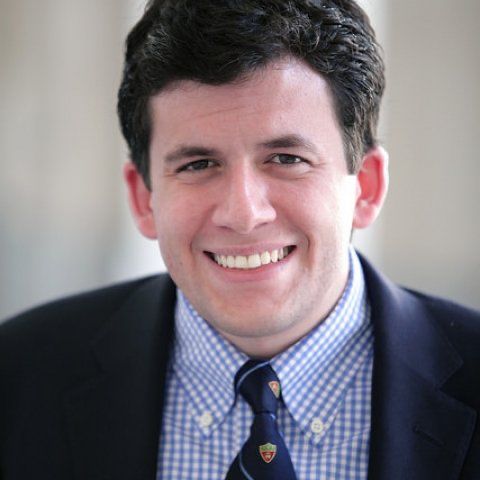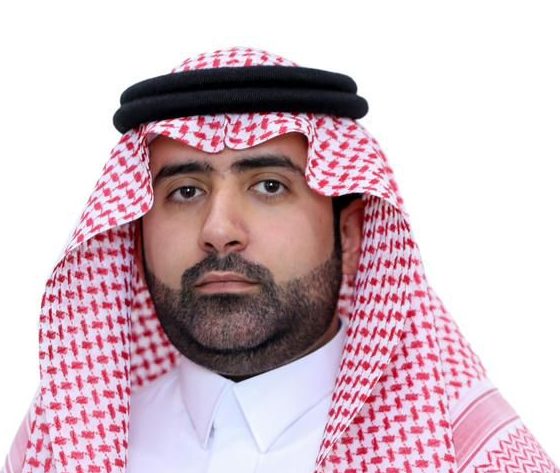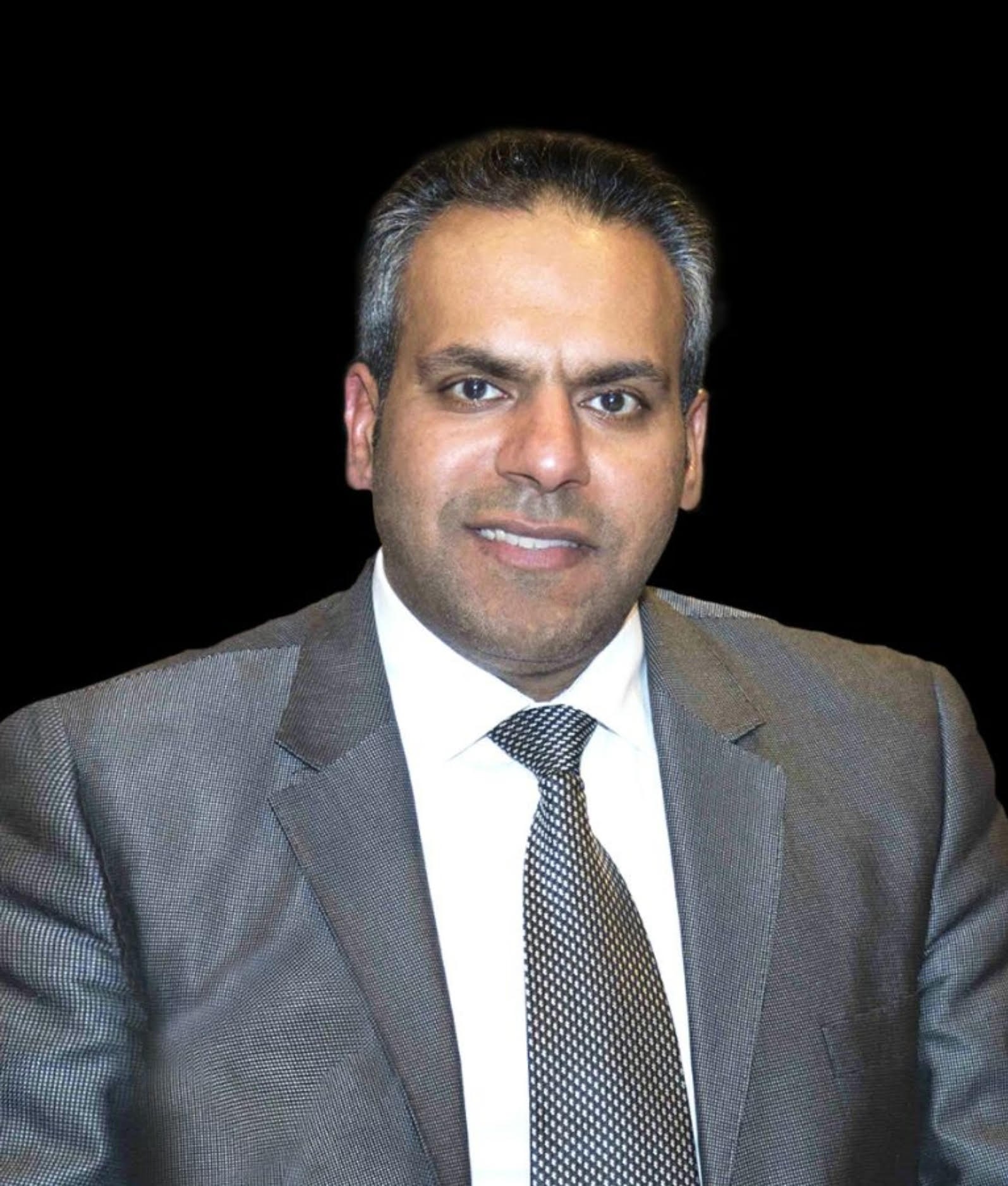© 2020 All rights reserved to Maaal Newspaper
Publisher: Maaal International Media Company
License: 465734
US President visit to Saudi Arabia
As President Biden embarks on his first trip to the Middle East this week since taking office, he will find that the region has changed in significant ways since he last visited as a sitting American official. Most importantly, the Abraham Accords of 2020 were a tectonic shift in the region’s political dynamics—solidifying relations between Israel and Gulf Arab states, namely Bahrain and the United Arab Emirates. Russia’s invasion of Ukraine in 2022 has reminded Washington that its allies and partners in the Middle East matter—especially because oil is a global commodity, and that it needs to tend to these relationships to ensure U.S. interests are protected. With the Iran nuclear deal negotiations being stalled, it is more important than ever for the United States to implement a deterrence strategy which safeguards regional stability and promotes integration.
Iran continues to test international red lines. Since a drone attack commissioned by Iran on the U.S. garrison at al-Tanf in Syria in October 2021, there have been at least 29 attacks on U.S. troops. Aside from two pinprick strikes on Iran-backed militias at the beginning of the Biden presidency, the U.S. does not appear to have retaliated kinetically to thwart further provocations. This has further undermined American deterrence in the region, but it did not begin with the Biden administration. In 2019, after Iran hit Saudi Arabia’s Abqaiq plant and its Khurais oil field, which led to the temporary interruption of around 5.7 million barrels of the Kingdom’s crude oil production—or roughly 5% of the global daily supply—the United States did not respond kinetically either. Attacks on oil tankers off the Emirati coast throughout 2019 also went largely unaddressed. While the United States’ targeted killing of the late Commander of the Islamic Revolutionary Guard Corps (IRGC) Quds Force Qassem Soleimani bolstered deterrence in the short-run—as apart from the strike on Ain Al-Assad Airbase in Iraq, there was no large-scale revenge operation as some commentators breathlessly predicted—that was later undermined by the escalation wariness of the Biden administration after taking office a year later.
This non-response dynamic likely emboldened Iran and its proxy and partner network to launch rare missile and drone attacks on the United Arab Emirates, whereas previously those actions were concentrated on Iraq, Syria, and Saudi Arabia. Some were aimed at Abu Dhabi’s al-Dhafra airbase, which houses around 2,000 U.S. troops. This too was met with statements, repositioning defensive equipment, but nothing further. It is not only the Houthis in Yemen which offer the Iranians a platform to launch terror attacks. Its militia network in Iraq has also been used to target a royal palace in Saudi Arabia as well as facilities in the United Arab Emirates. Iran’s continued nuclear advances—for instance 60% enrichment of uranium and its work in producing uranium metal—have likewise bolstered Tehran’s calculation that it can continue to test red lines without having to worry about a robust response.
Energy security is national security, and national security is energy security. Given Russia’s ongoing war in Ukraine and the political sensitivity of high oil prices plaguing Europe and the United States, Iran may continue such strikes to increase prices further to signal its leverage and power over energy markets in the hope of extracting more concessions from world powers. The Iranian establishment already feels the Ukraine conflict has given it the upper hand in the talks to revive the Iran nuclear deal. Such a geopolitical environment is ripe for further Iranian provocations, with risks to the economic vitality of the region, unless and until President Biden inspires fear in the Iranian regime.
Separately, President Biden’s trip provides its allies and partners with the opportunity to advance the Middle East Air Defense (MEAD) concept. Such an initiative would be groundbreaking as it would employ a network of early warning and radar systems, detectors, and interceptors using Israeli technology and U.S. military bases across the Gulf Arab states. This is an attempt by the United States to address the non-nuclear concerns the region has on Iran. It would also serve to safeguard critical energy infrastructure, as Iran continues to demonstrate a willingness to target such facilities. This is an investment in protecting the global economy from Tehran.
That is not to mention critical efforts like the U.S. Fifth Fleet-led Combined Task Force 153. This is an international maritime security and capacity-building platform for the Red Sea, Bab al-Mandeb, and the Gulf of Aden. Guarding these waterways is also critical to the security of the global economy.
In the end, the United States needs to marry a deterrence strategy in the region to initiatives like MEAD to ensure economic security. The war in Ukraine has demonstrated that Washington’s allies and partners in the Middle East matter. If these relationships are left to falter, U.S. adversaries like China, Iran, and Russia will fill the void in dominating the region.
Jason M. Brodsky is the policy director of United Against Nuclear Iran (UANI). His research specialties include Iranian leadership dynamics, the Islamic Revolutionary Guard Corps (IRGC), and Iran’s proxy and partner network. He is on Twitter @JasonMBrodsky.
Related





